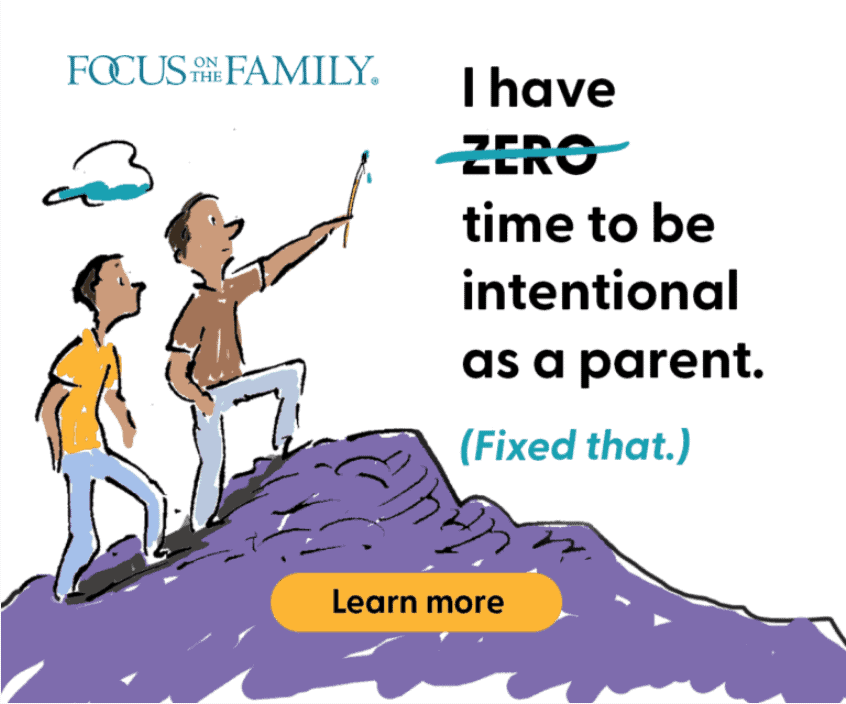According to Divorce Magazine, “Statistics tell us that about half of all marriages now end in divorce.”
Larry Frolick, “Why do people divorce?” Divorce Magazine, http://www.divorcemag.com/articles/why-do-people-divorce* (30 June 2005)It’s a statistic we hear regularly, but is it true?
Here’s how the Centers for Disease Control and Prevention and National Center for Health Statistics measure this question:
Marriage and Divorce (Data are for the United States, in 2003)
- Number of marriages: 2,187,000
- Marriage rate: 7.5 per 1,000 total population
- Divorce rate: 3.8 per 1,000 population (46 states and the District of Columbia reporting) “Births, Marriage, Divorce, and Deaths: Provisional Data for 2003,” National Vital Statistics Report, Volume 52, Number 22, Center for Disease Control, June 10, 2004.
According to the National Marriage Project at Rutgers University (led by David Popenoe and Barbara Dafoe Whitehead), the most authoritative group tracking and analyzing these numbers:
The American divorce rate today is more than twice that of 1960, but has declined slightly since hitting the highest point in our history in the early 1980s.
“The State of Our Unions, 2004: The Social Health of Marriage in America” The National Marriage Project, June 2004, p. 18.
We need to clarify these figures.
Sociologists correctly calculated the “50 percent” figure as a reasonably accurate projection of future trends.
Actually, marriages formed today have about a 41 to 43 percent chance of ending in divorce.
“The State of Our Unions, 2001: The Social Health of Marriage in America,” The National Marriage Project, June 2001, p. 23.(But this depends on important demographic indicators. More on this below.)
Some pundits have challenged the “50 percent of all marriages ending in divorce” statement. These skeptics explain that 50 percent is a flawed figure because people have wrongly arrived at it by comparing the number of marriages in one year to the number of divorces. They claim this 50 percent number is flawed because it doesn’t consider all the marriages that already exist and stay intact.
Scott Stanley, a leading marriage scholar from the University of Denver, explains why this explanation is wrong:
No serious demographer ever looked at the approx 2.4 mil marriages a year and 1.2 mil divorces a year to arrive at the 50% number. That is a misunderstanding that began early in the debate about what the divorce rate really is—a misunderstanding that is, unfortunately, widely perpetuated.
The calculation sociologists use to derive this 50 percent figure is very detailed. Stanley explains why 40 to 50 percent is a correct projection of divorce likelihood:
The 40-50% number comes from detailed analyses of various population demographics, including ages, divorce rates by ages, lifespan projections, etc. It represents a sophisticated projection—much like the projected life span projections for babies being born today. As with any projection, the number could change if conditions in society change, but it is a very valid projection under current conditions.
Scott M. Stanley, “What Really Is the Divorce Rate?” http://www.prepinc.com/ (26 May 2005)
Some demographic groups have a much higher than average divorce rate, while other demographic groups have a much lower risk. But, taken all together, the projection of a marriage starting out today ending in divorce is 41 to 43 percent.





















